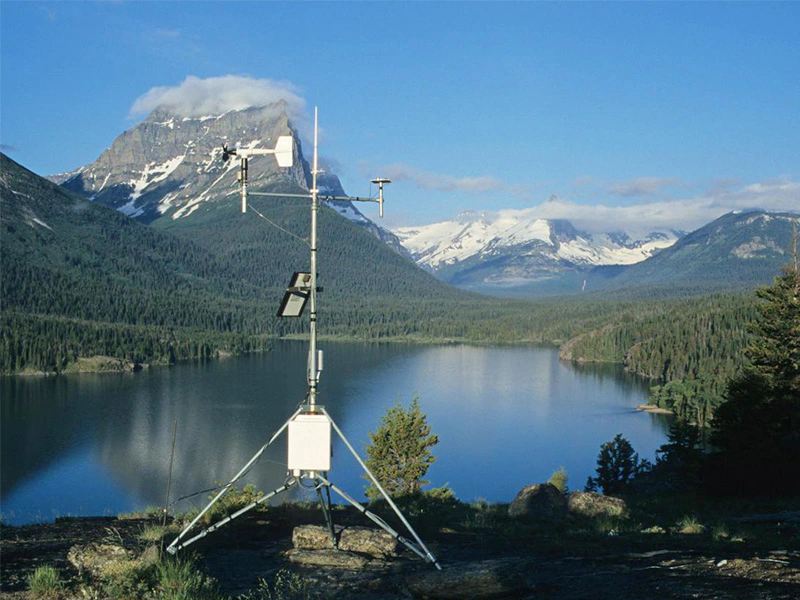
# What is a Weather Station?
A weather station is a facility equipped with instruments and sensors designed to measure and record various atmospheric conditions. These stations play a crucial role in meteorology, agriculture, aviation, and many other fields where weather data is essential.
## Components of a Weather Station
Modern weather stations typically include several key components:
– Thermometer: Measures air temperature
– Barometer: Records atmospheric pressure
– Hygrometer: Measures humidity levels
– Anemometer: Tracks wind speed
– Wind vane: Determines wind direction
– Rain gauge: Measures precipitation
– Pyranometer: Records solar radiation
## Types of Weather Stations
Weather stations come in different forms depending on their purpose and location:
### Personal Weather Stations
These are small-scale stations used by individuals or small communities. They’re often installed in backyards or on rooftops and provide localized weather data.
### Professional Weather Stations
Operated by meteorological organizations, these stations are more sophisticated and provide highly accurate data used for weather forecasting and climate research.
### Automated Weather Stations
These stations operate without human intervention, transmitting data automatically to central databases via satellite or radio links.
## Importance of Weather Stations
Weather stations serve multiple important functions:
– Providing data for weather forecasts
– Monitoring climate change patterns
– Supporting agricultural planning
– Assisting in disaster preparedness
– Aiding aviation and maritime operations
## How Weather Stations Work
Most weather stations follow a similar operational process:
1. Sensors collect data about atmospheric conditions
2. Data is recorded either manually or automatically
3. Information is processed and analyzed
4. Data is transmitted to weather services or stored locally
The frequency of data collection varies from station to station, with some taking measurements every few minutes while others record data hourly or daily.
## Choosing a Weather Station
When selecting a weather station, consider these factors:
– Accuracy requirements
– Intended use (personal or professional)
– Installation location
– Budget constraints
– Data transmission capabilities
– Maintenance needs
Whether you’re a weather enthusiast, farmer, or researcher, understanding weather stations and their capabilities can help you make informed decisions about monitoring atmospheric conditions in your area.
Keyword: what is a weather station
Leave a Reply